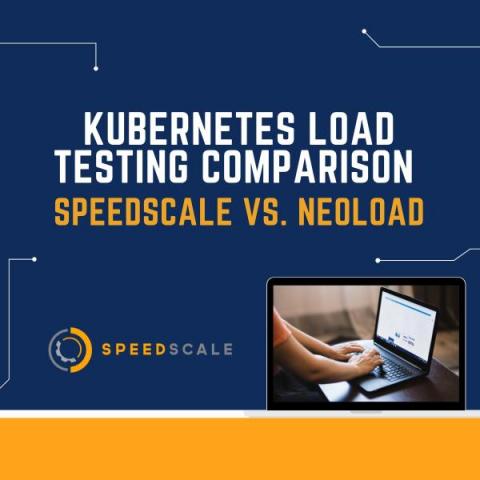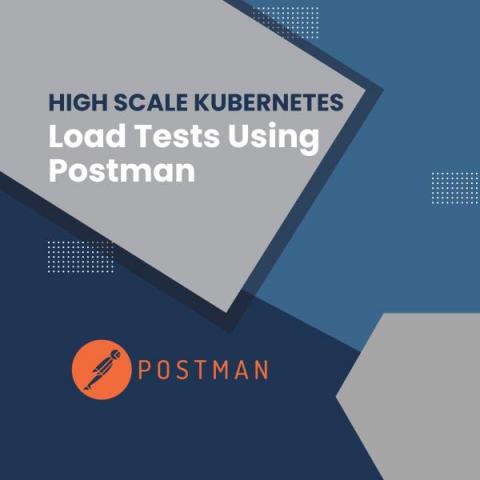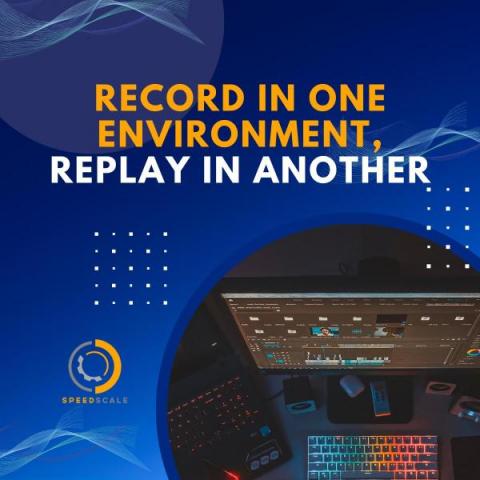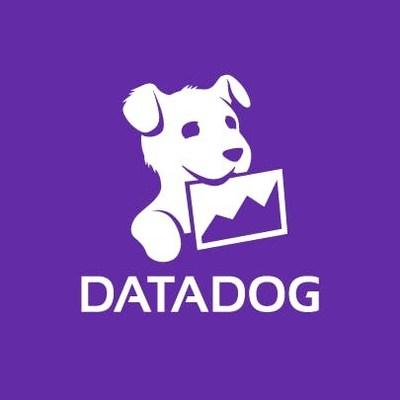Deploying Rails with Docker and AWS Fargate
Want to deploy a Rails app with Docker and AWS, but not sure where to start? AWS Fargate simplifies the convoluted process of deploying Docker on Amazon's Elastic Container Service (ECS). It's also a good alternative to Heroku.











